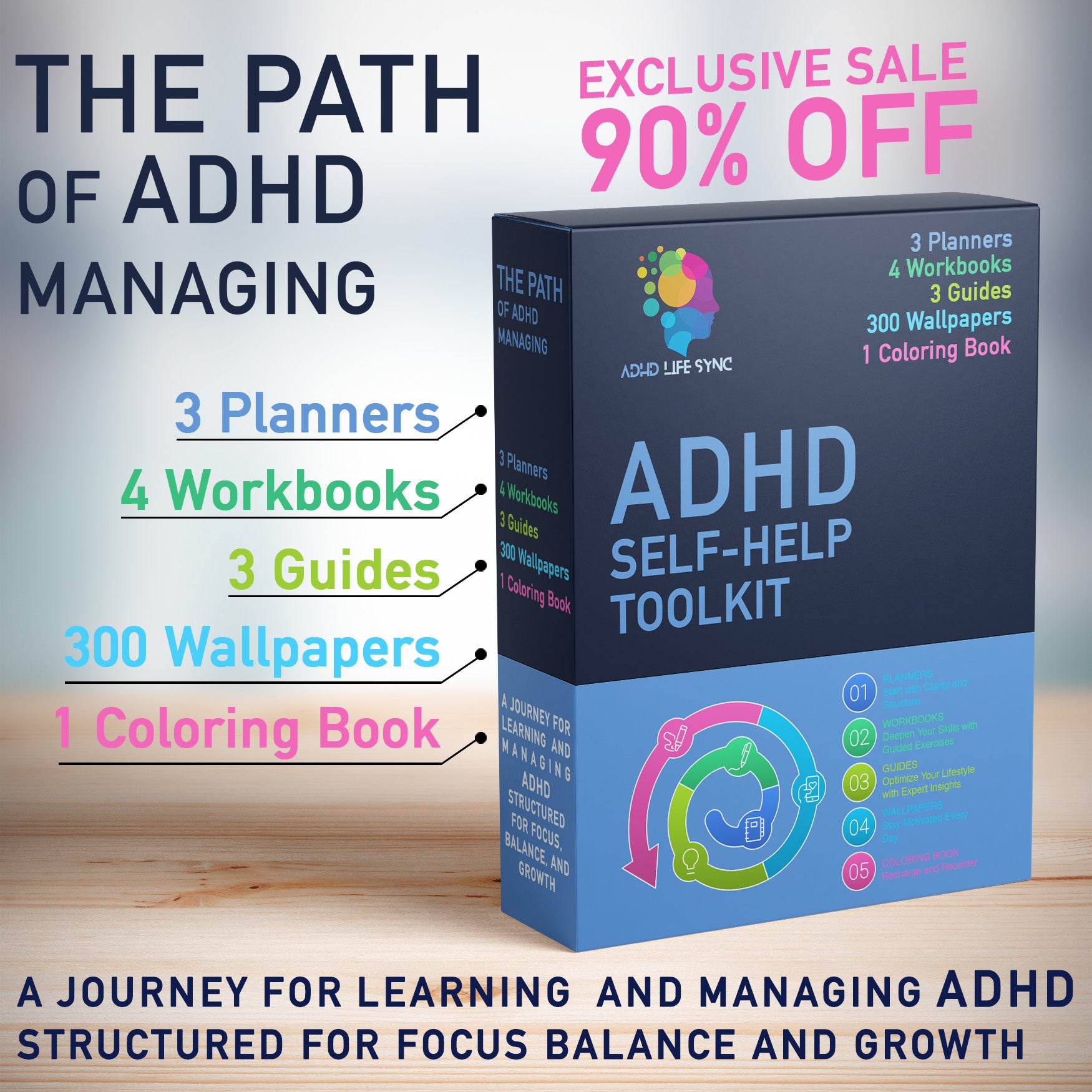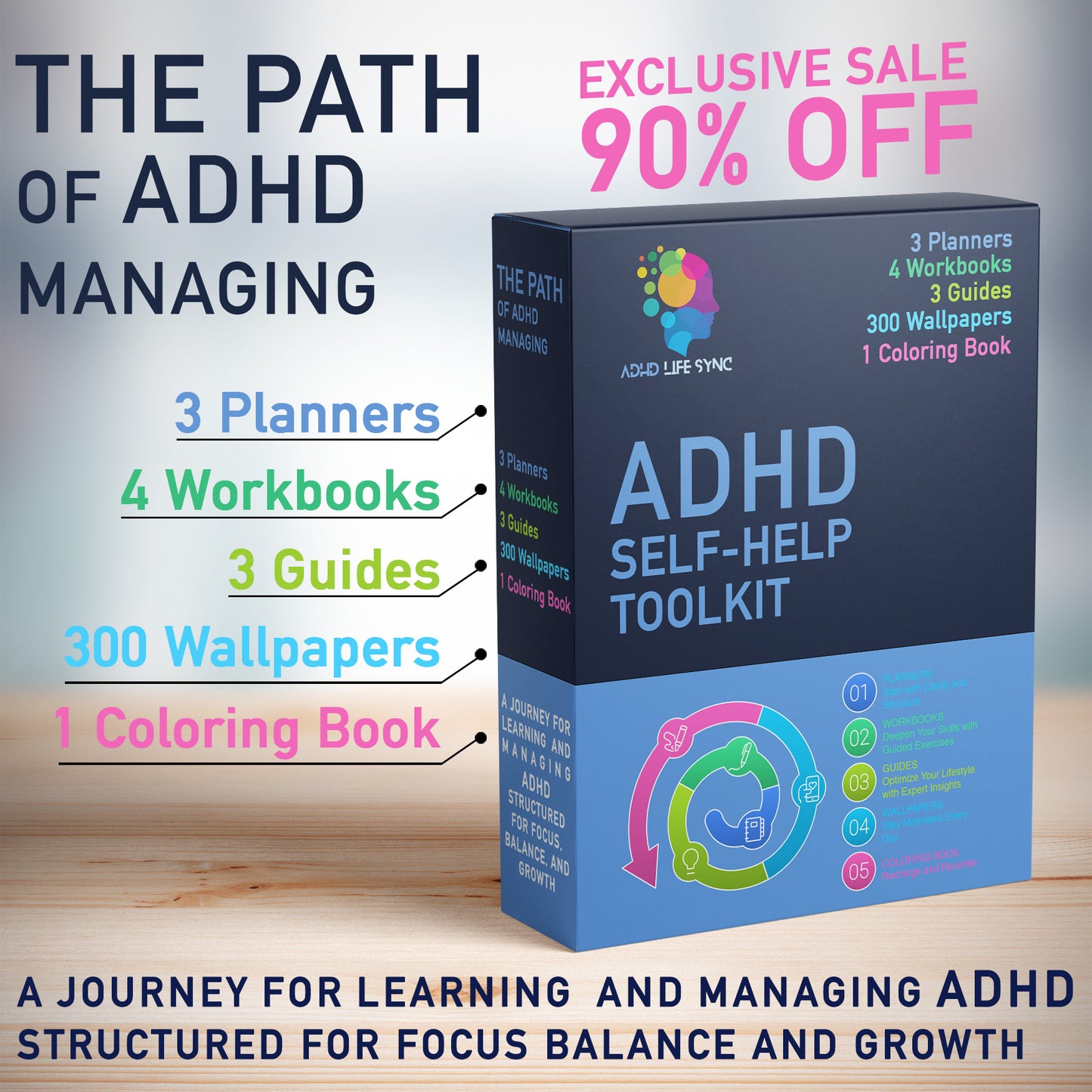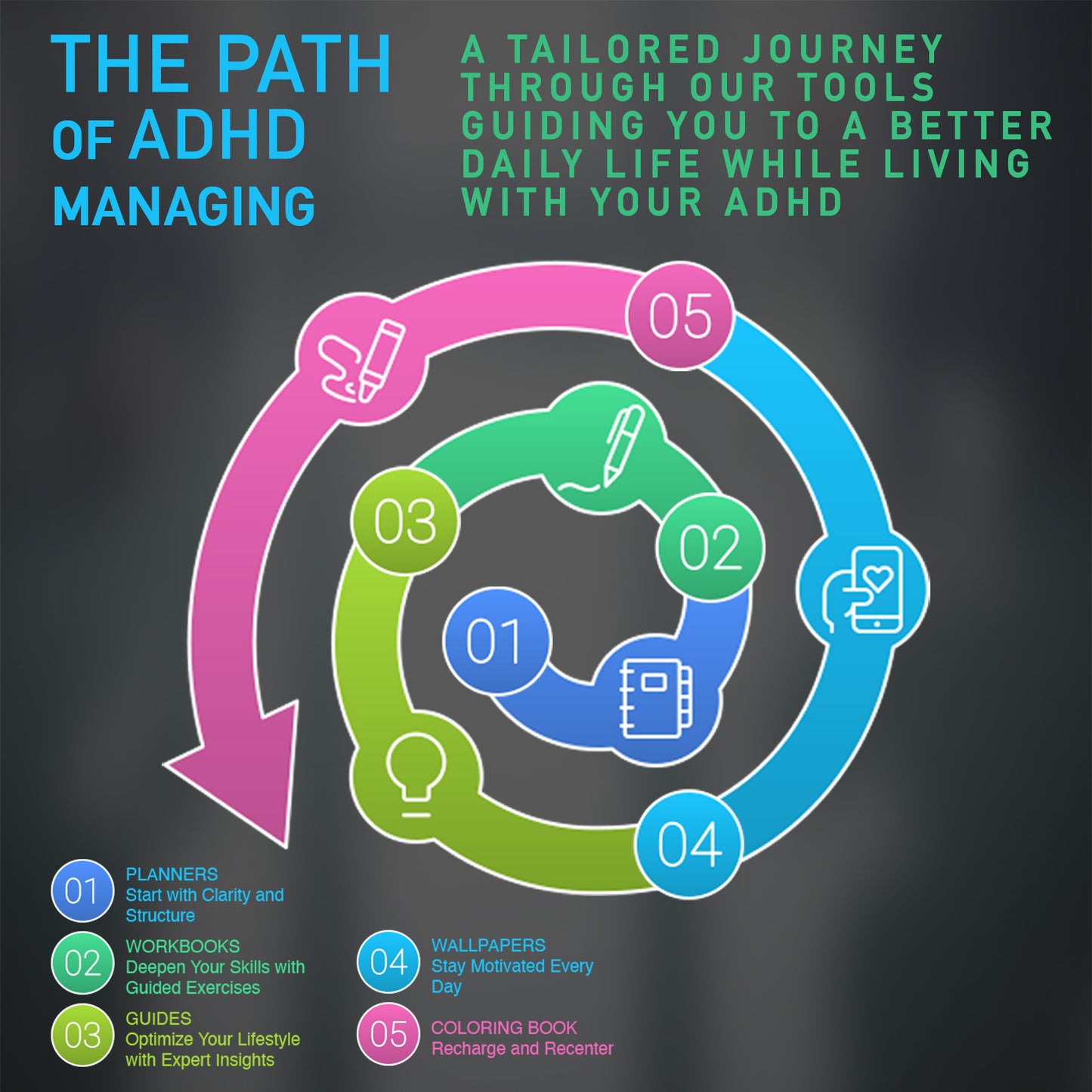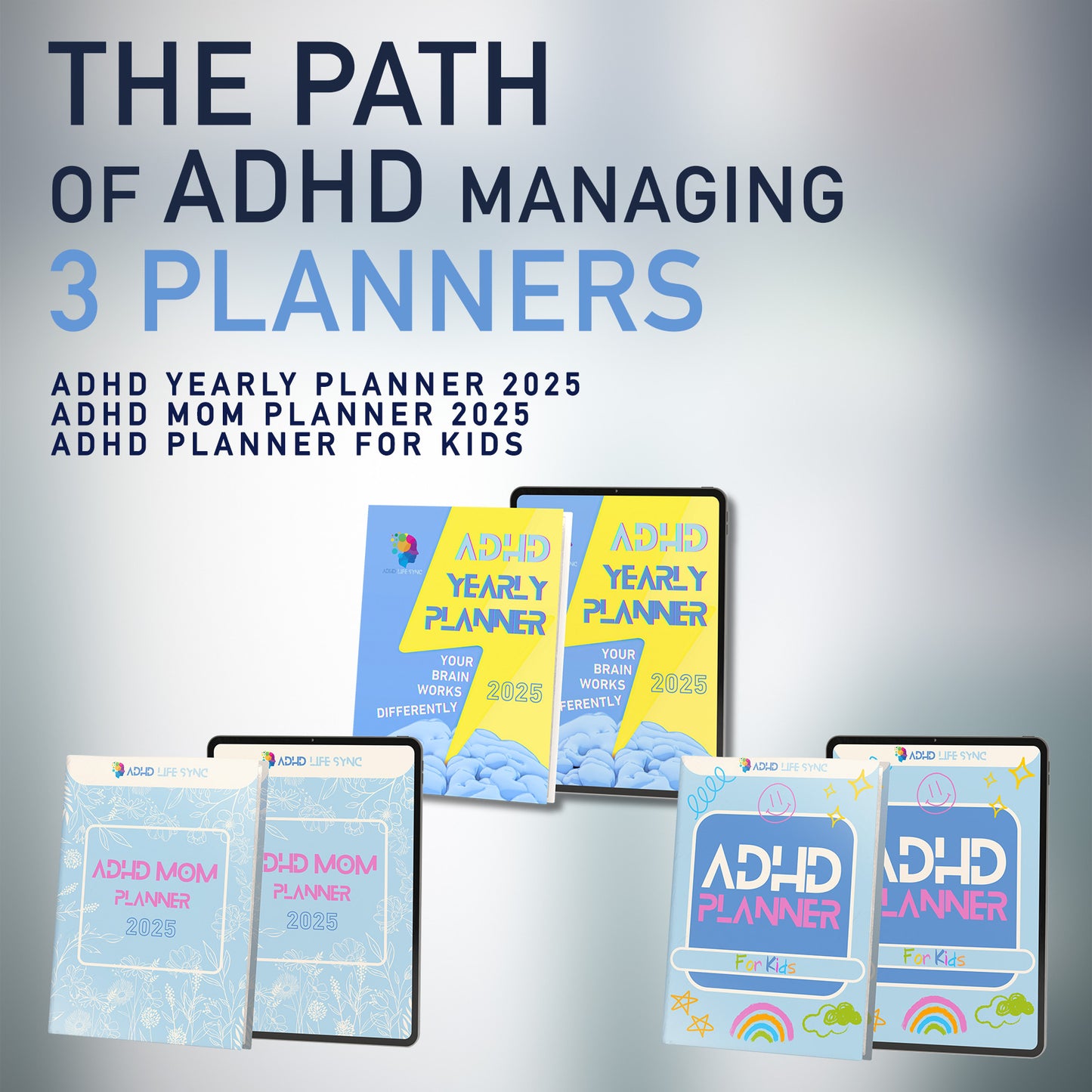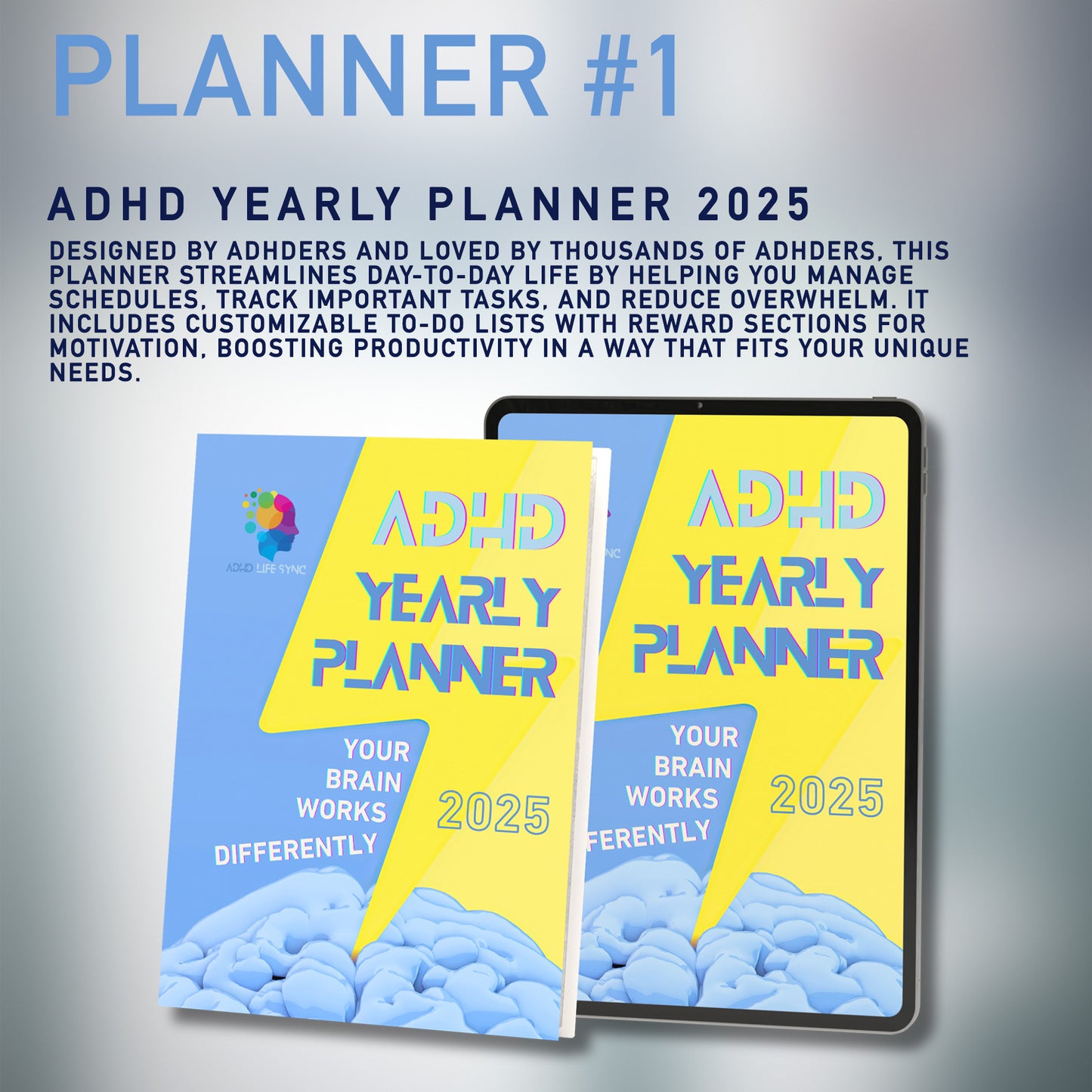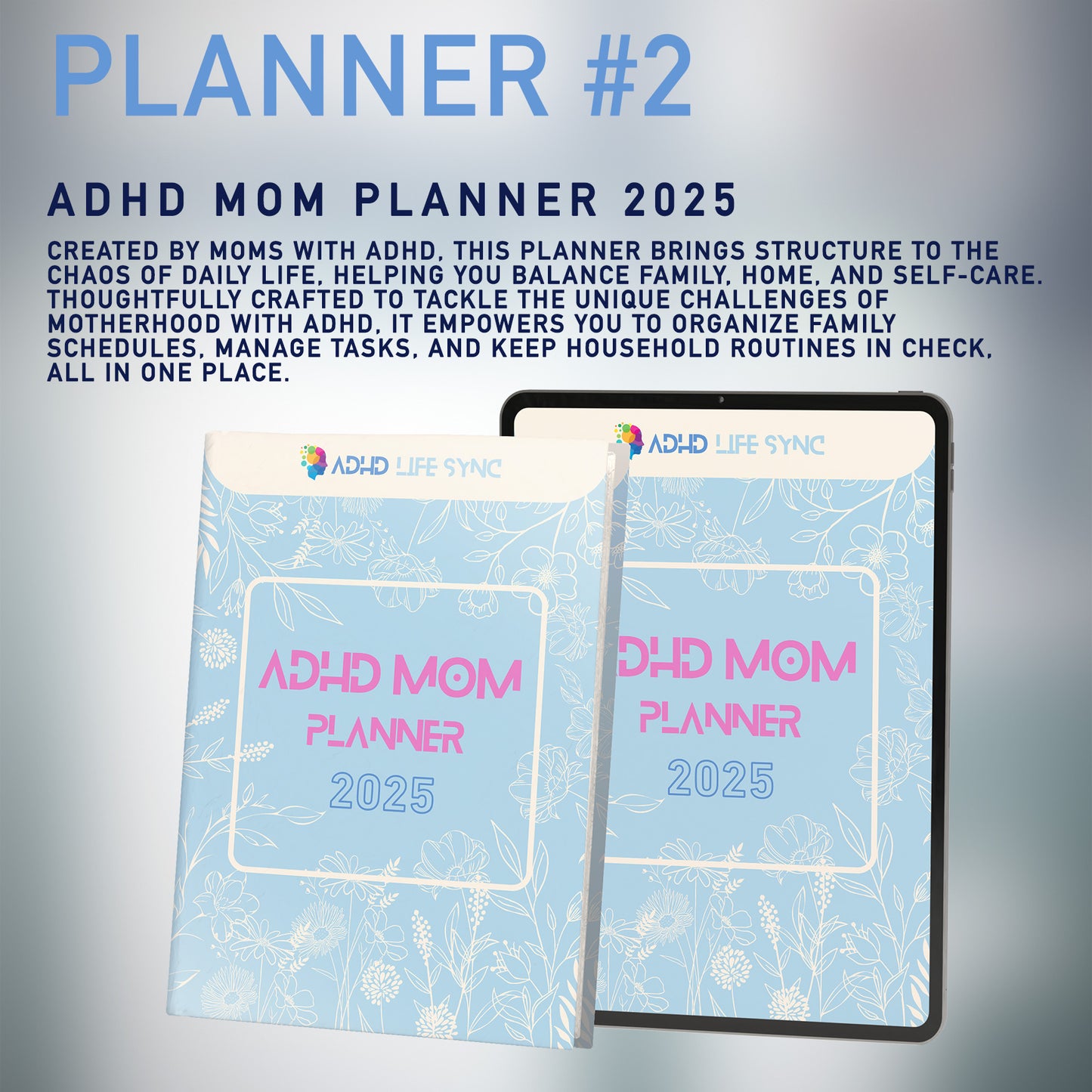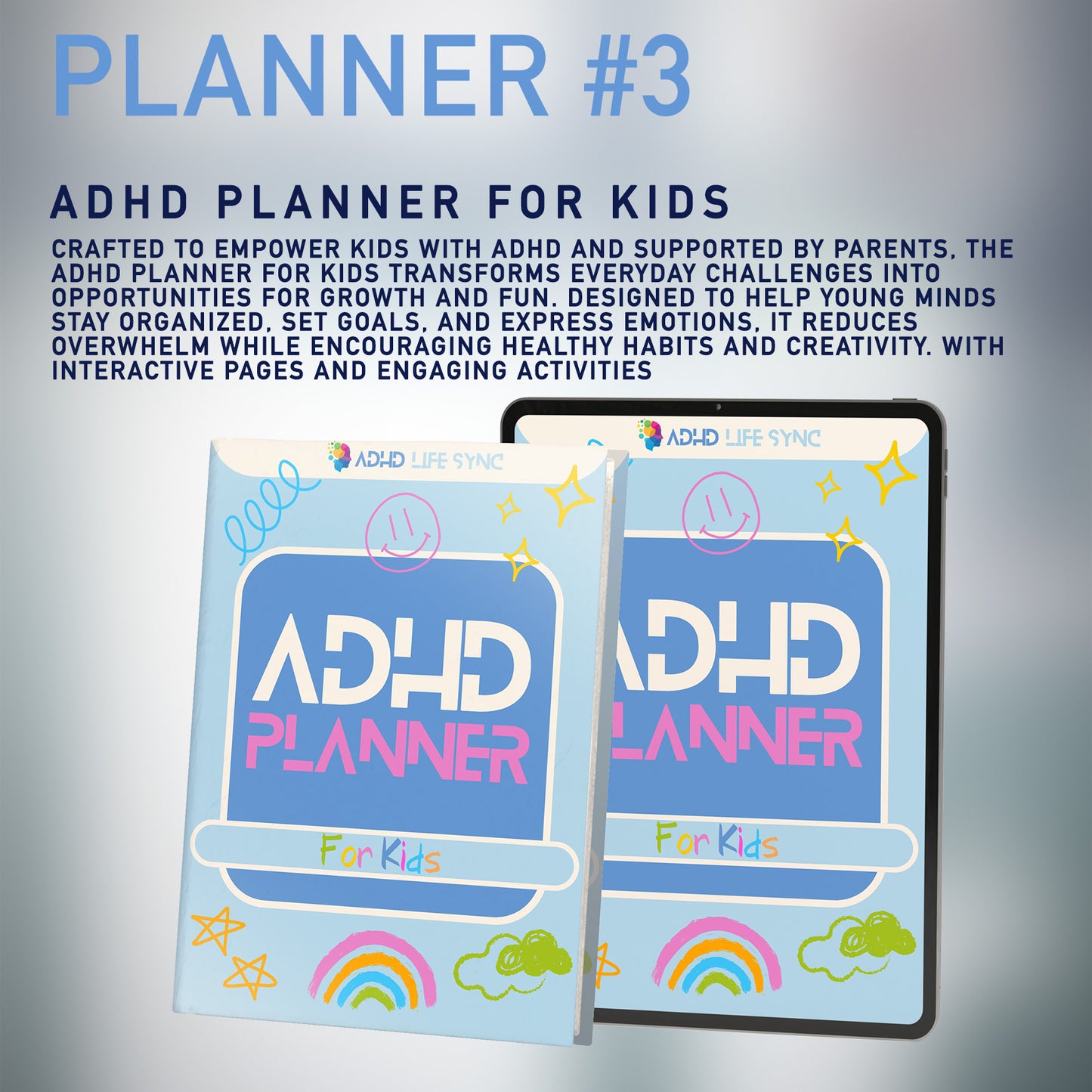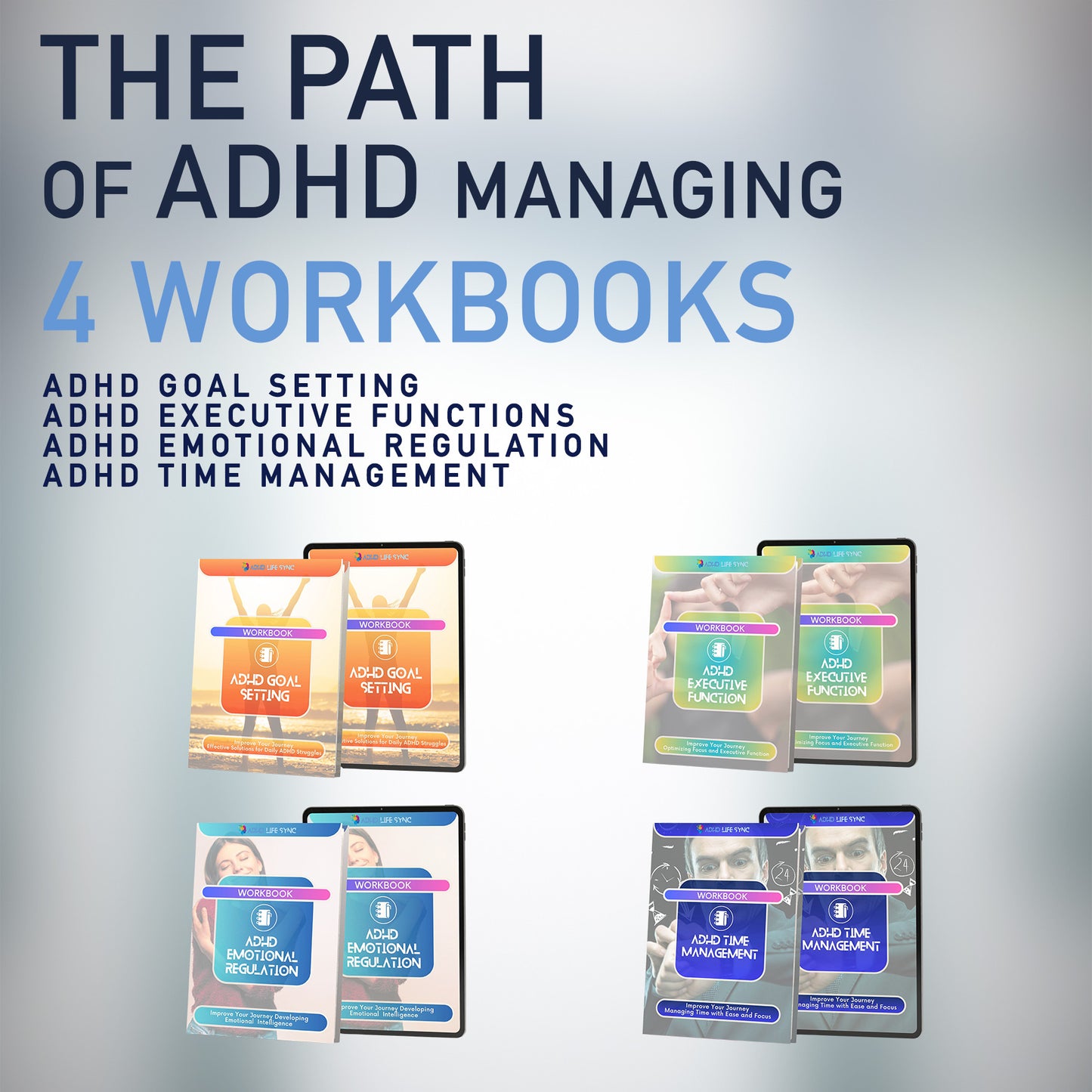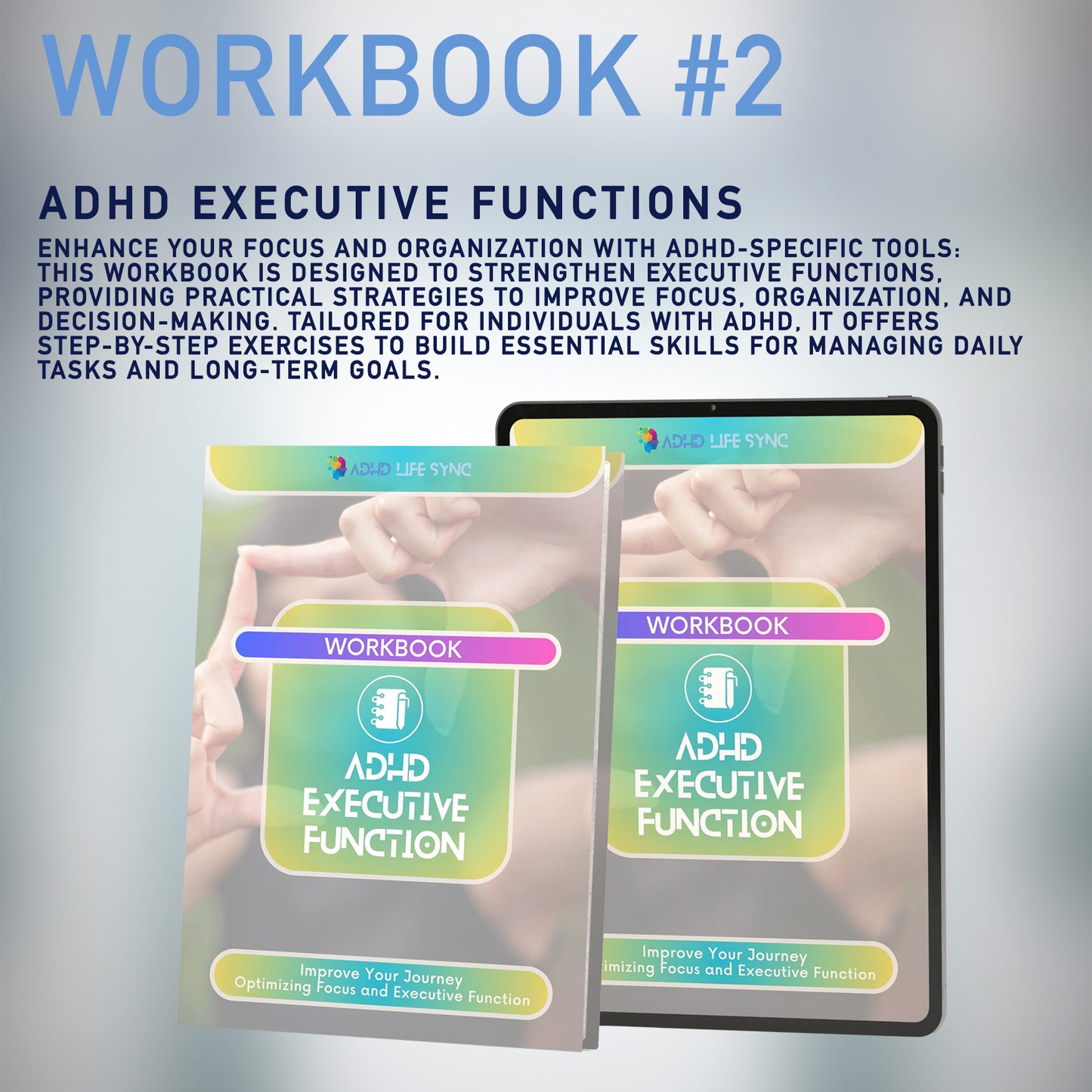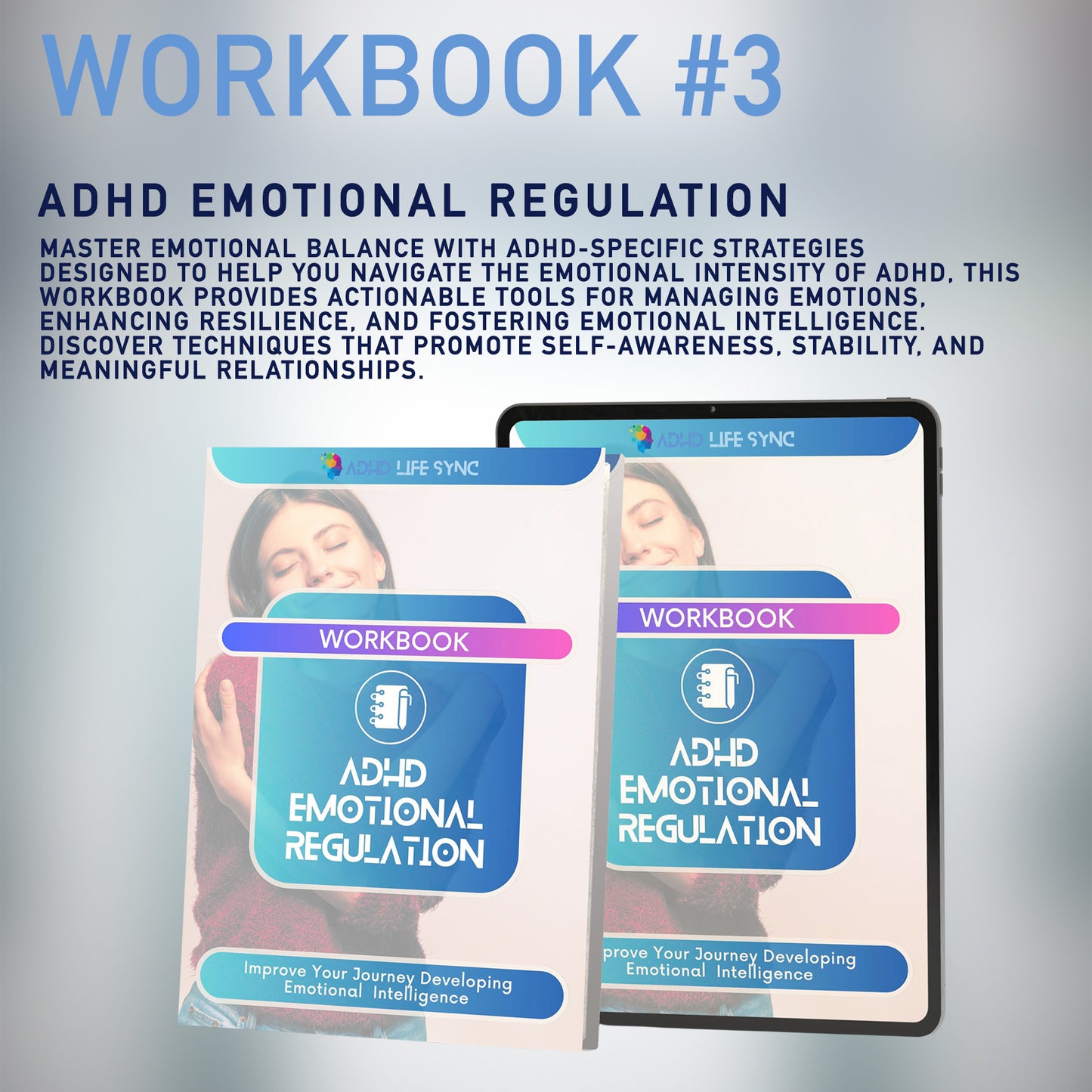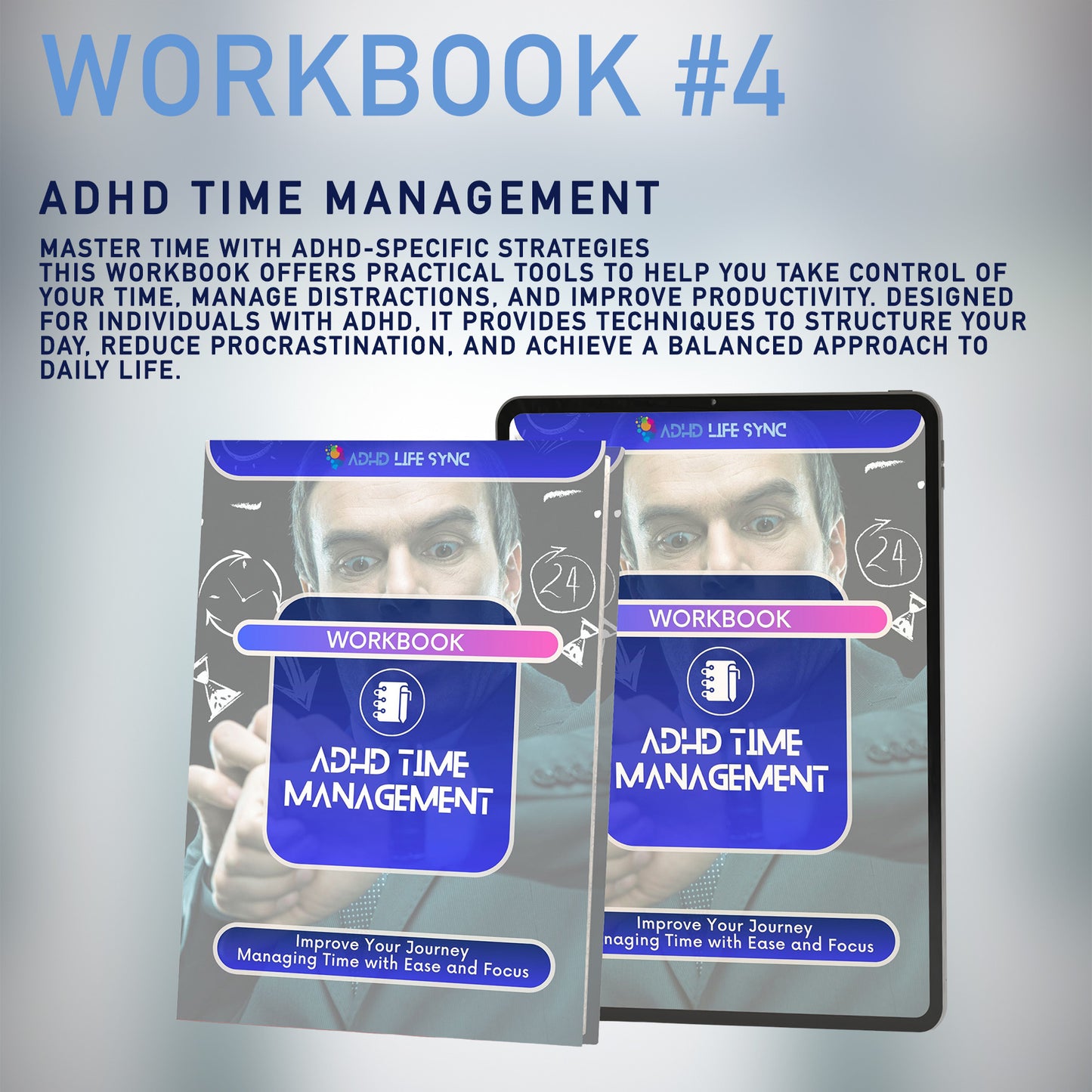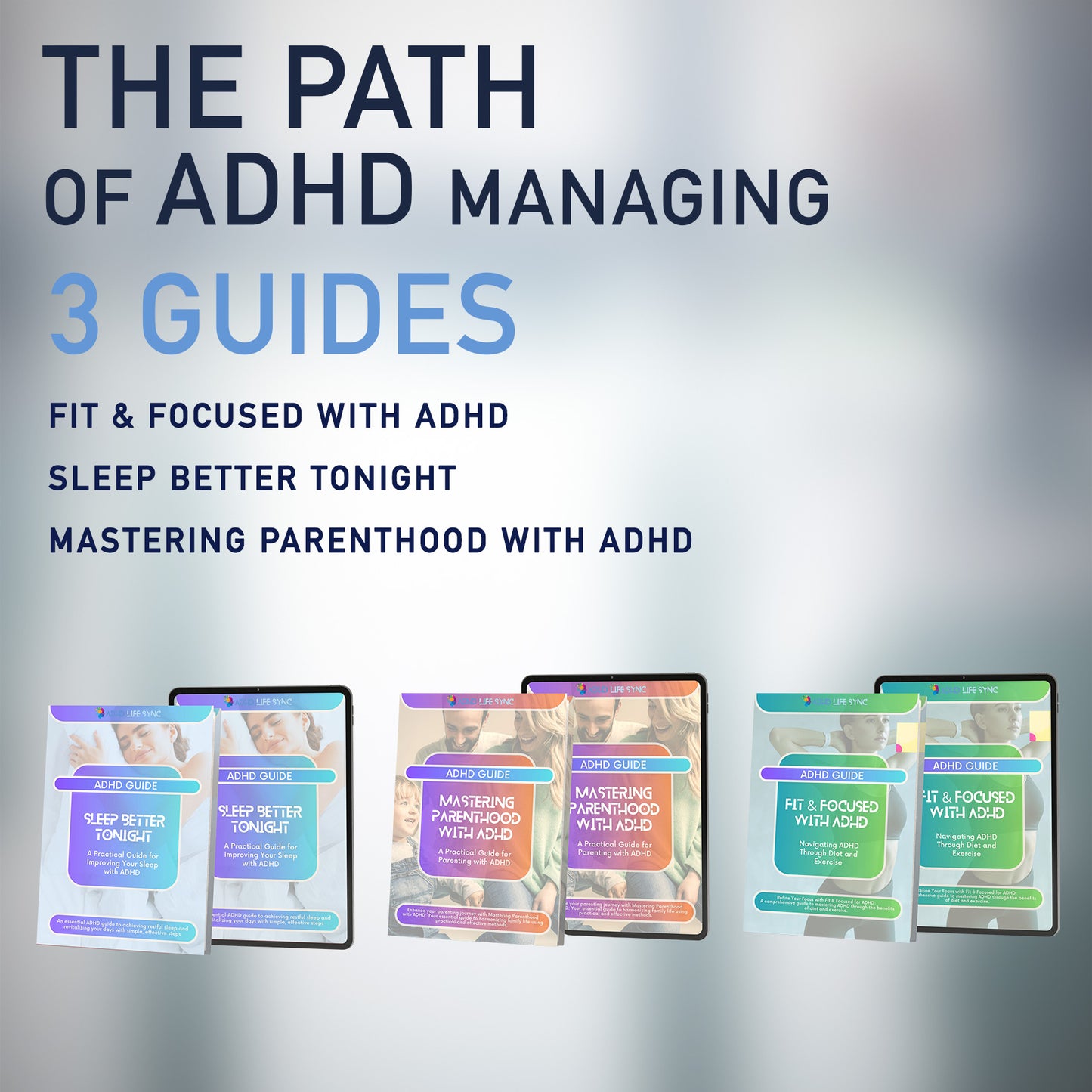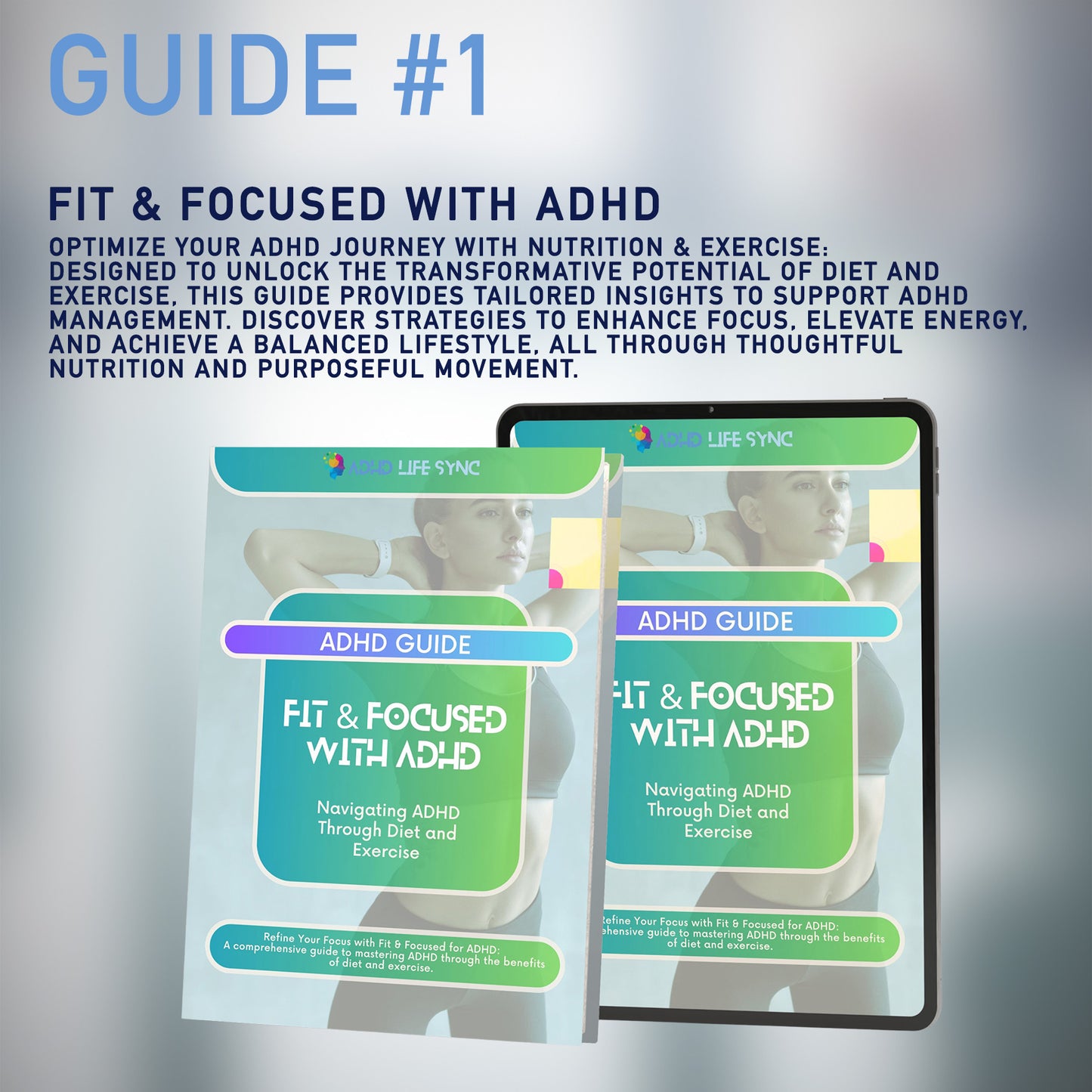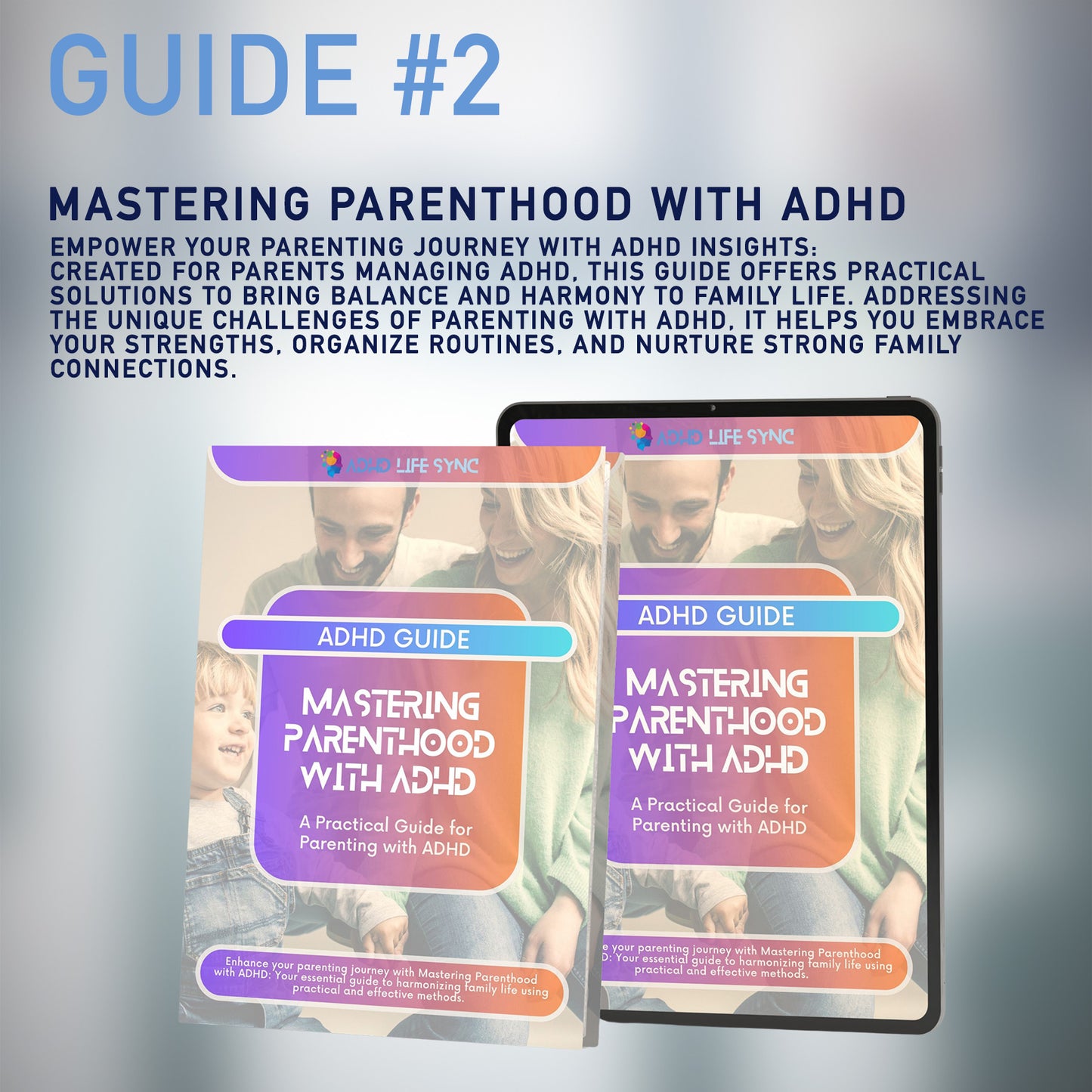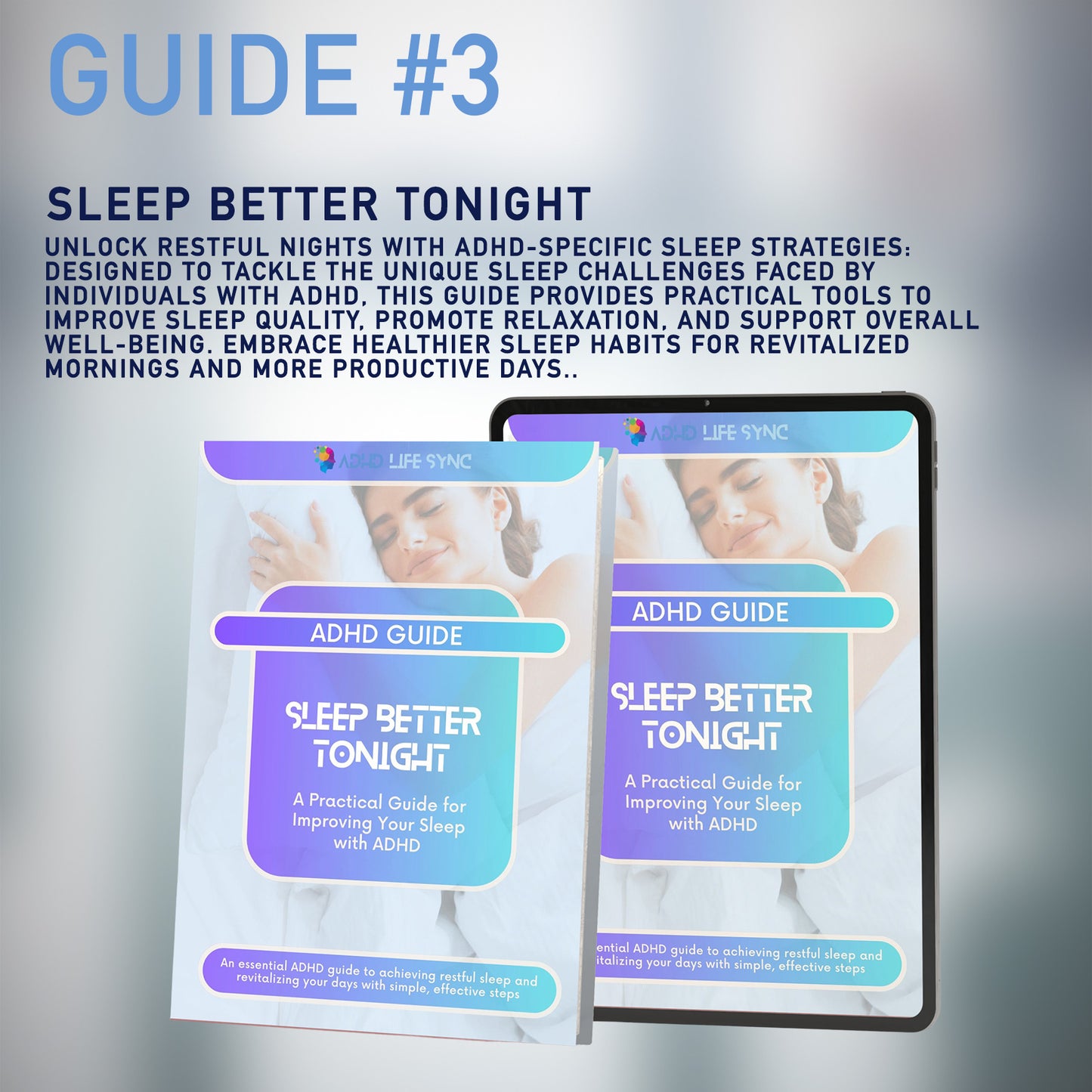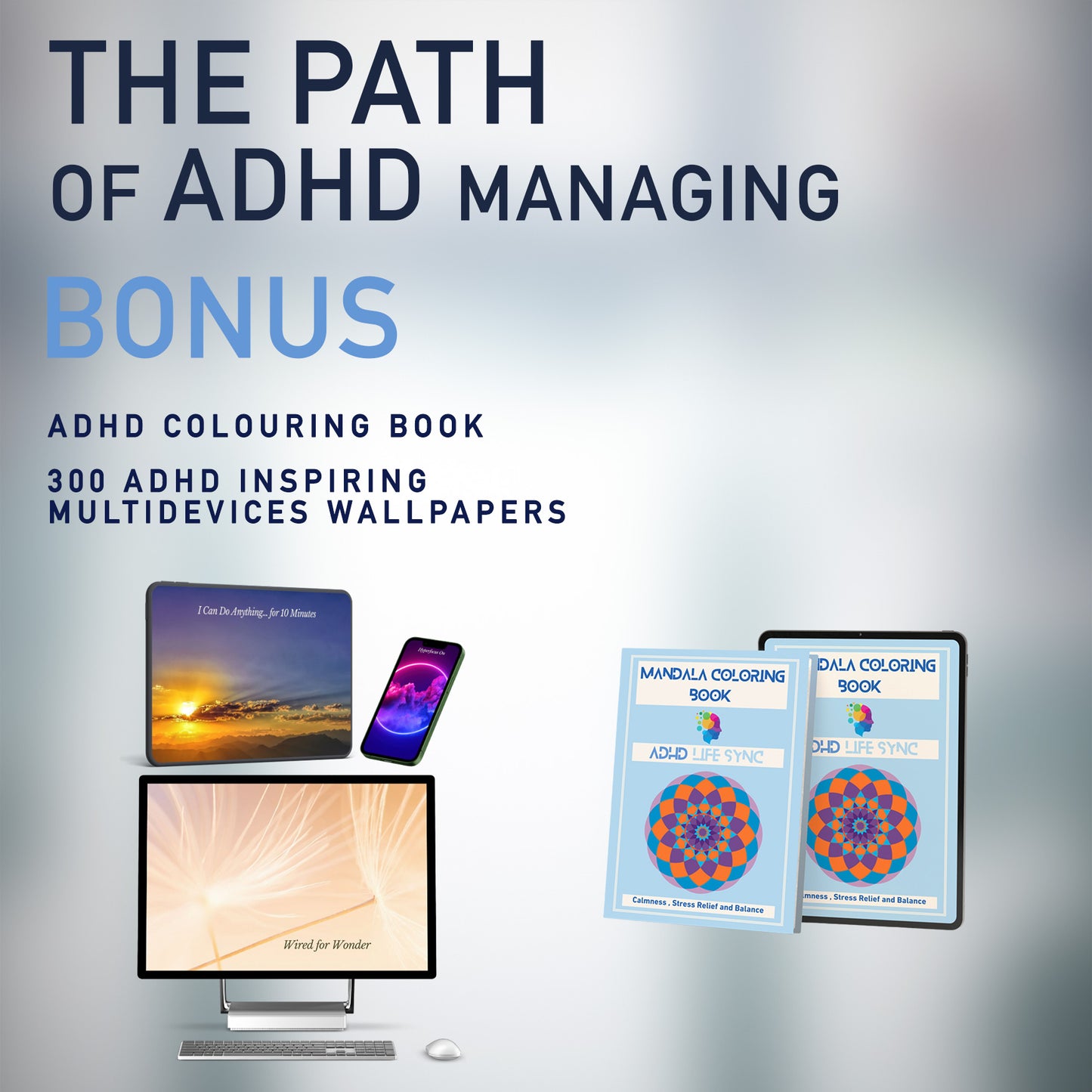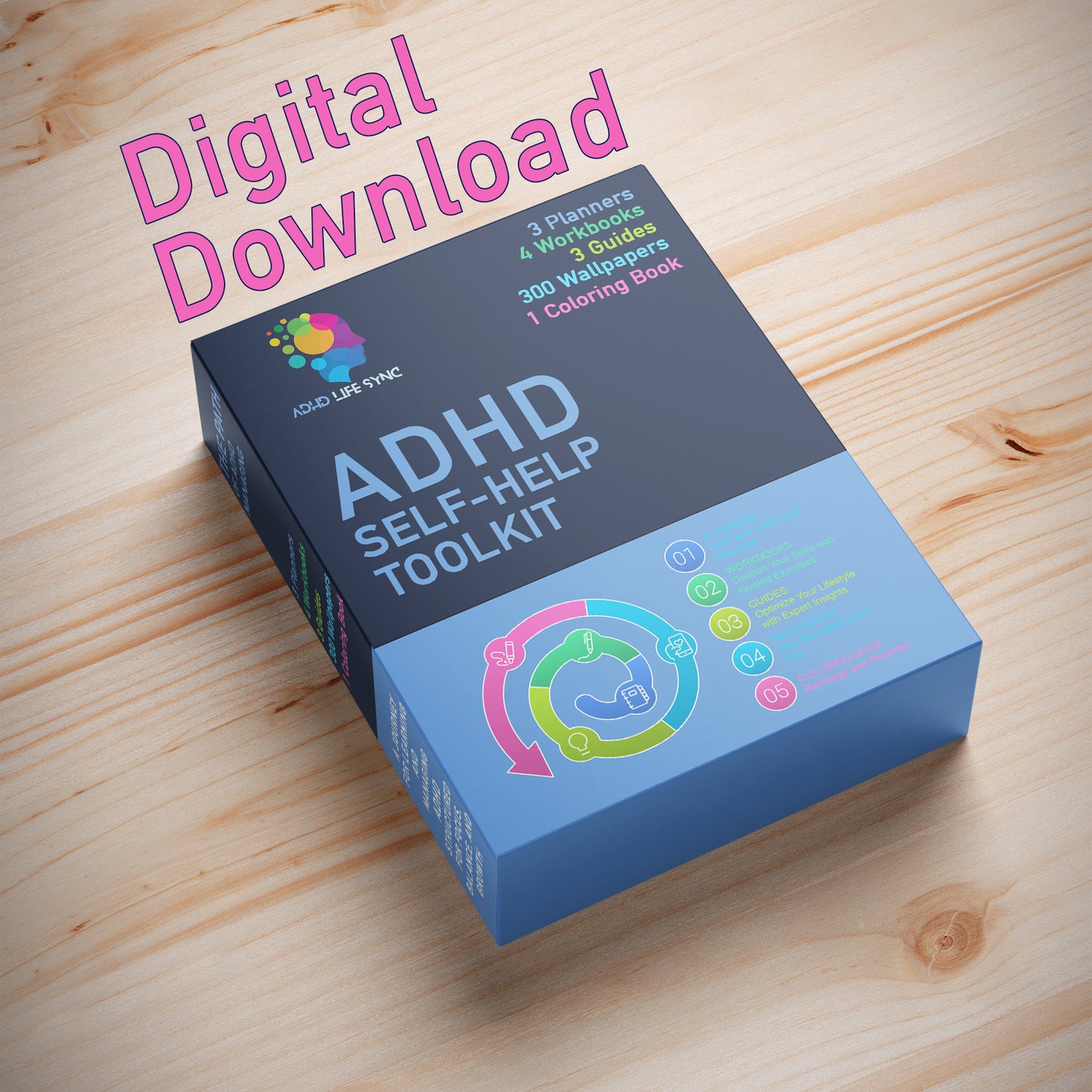
Multitasking vs. Monotasking: The Best Approach for ADHD Productivity and Planning
In today’s fast-paced world, multitasking is often seen as the key to getting more done in less time. However, for individuals with ADHD, trying to juggle multiple tasks at once can often lead to frustration and reduced productivity. This can also create a feeling of being overwhelmed.
So, what’s the better approach? Let's explore why monotasking might be more effective for ADHD brains, and how to use it to get things done with greater focus and less stress.
The Myth of Multitasking
Many of us believe that multitasking means being more productive—getting more done simultaneously. But the truth is, our brains aren't wired to focus on multiple tasks that require our attention at the same time. When we think we are multitasking, we’re often just quickly switching back and forth between tasks, a process that actually reduces our efficiency.
For those with ADHD, this switch in focus becomes even more challenging. Instead of effectively accomplishing multiple things, ADHD brains can experience increased distraction, more errors, and greater mental fatigue. For example, trying to respond to emails while also attending a virtual meeting can lead to missing important details in both tasks, resulting in mistakes and miscommunication. This often results in a sense of being unproductive, which can be both frustrating and demoralizing.
While there are simple tasks that can be combined—like cooking a simple meal while listening to an audiobook—when it comes to activities that need real attention, such as writing a report or studying for an exam, monotasking is almost always a better option. Giving full focus to these tasks helps ensure higher quality results and fewer mistakes.
Why Monotasking Works for ADHD
ADHD brains often struggle with multitasking because constantly switching between tasks can be overwhelming and mentally exhausting. Monotasking, or focusing on one task at a time, can be incredibly beneficial for ADHD brains. Here are some reasons why:
-
Reduced Overwhelm: Multitasking often makes us feel like we're doing too much at once. Monotasking narrows our focus, making tasks feel less overwhelming and more manageable
-
Less Cognitive Load: Focusing on one task means there's less switching between different mental contexts, reducing the cognitive load on the brain. This can lead to improved work performance and fewer mistakes.
- Better Decision Making: By giving a task your full attention, you can make better decisions and have a clearer perspective on what needs to be done.
Practical Tips for Effective Monotasking
-
Write Things Down: If you think of something else while working on a task, write it down instead of acting on it immediately. This helps prevent the urge to switch tasks and lets you get back to what you were doing with minimal disruption.
-
Time Blocking: Set aside specific blocks of time for different tasks. During that time, commit to focusing solely on the task at hand. For example, dedicate 30 minutes to responding to emails, and during that time, do nothing else.
-
Batch Tasks Together: Instead of switching between tasks all day, try batching similar activities together. For example, set specific times to check your email twice a day instead of constantly checking it throughout the day.
-
Themed Days: Assign themes to certain days of the week. For example, make Sundays laundry day, and focus only on doing laundry during that time. This helps ensure you complete important chores without getting sidetracked by other tasks.
- Dual-Task Monotasking: Sometimes, monotasking can feel restrictive. If focusing on one thing feels too limiting, try picking two tasks that require different types of attention. This allows you to switch between them when you get bored, but still keeps you focused without the chaos of full-blown multitasking.
The Pomodoro Technique for Monotasking
One method that can make monotasking easier is the Pomodoro Technique. This technique involves setting a timer (usually 25 minutes) and committing to working on just one task for that duration. Anything that pops into your head during the Pomodoro gets written down for later. Once the timer goes off, you take a short break and assess whether any of those other thoughts were truly urgent or just distractions.
For many with ADHD, the Pomodoro Technique is a great way to boost productivity while maintaining focus. It creates a clear structure, making it easier to avoid drifting off into unrelated tasks.
Making the Most of Your Pomodoro: Treat the Pomodoro time with high priority. Avoid letting distractions like texts or phone calls interrupt your focus. If an unrelated thought or task comes to mind, write it down to address later. Committing fully to the Pomodoro period ensures you maximize the benefits of this focused work technique.
The Challenge of Monotasking with ADHD
Monotasking is easier said than done for ADHD brains. We are naturally inclined to think of everything we need to do all at once, making it difficult to stay focused on just one thing. However, with practice and the right strategies—like time blocking, using the Pomodoro Technique, and writing down intrusive thoughts—monotasking can become a powerful tool for managing ADHD.
Final Thoughts: Finding What Works for You
Whether it’s multitasking or monotasking, the most important thing is to find what works best for your ADHD brain. Multitasking might seem productive, but for many, it often leads to mistakes, stress, and unfinished tasks. On the other hand, monotasking, with strategies like time blocking and the Pomodoro Technique, can lead to better focus, improved productivity, and reduced overwhelm.
If focusing on one thing at a time seems daunting, try dual-task monotasking or themed days to make the process more enjoyable. Remember, there is no one-size-fits-all approach—experiment and find the rhythm that helps you be your most effective self.
How ADHD Life Sync Planners Can Help
ADHD Life Sync Planners are designed with these strategies in mind, offering tools to help you organize your activities effectively. Key features include time blocking templates to structure your day and built-in reminders to help you stay on track, ensuring you can maintain focus without feeling overwhelmed. With sections for writing down intrusive thoughts and the flexibility of both digital and physical formats, ADHD Life Sync Planners are crafted to support ADHD brains in managing day-to-day life with greater ease and efficiency.

